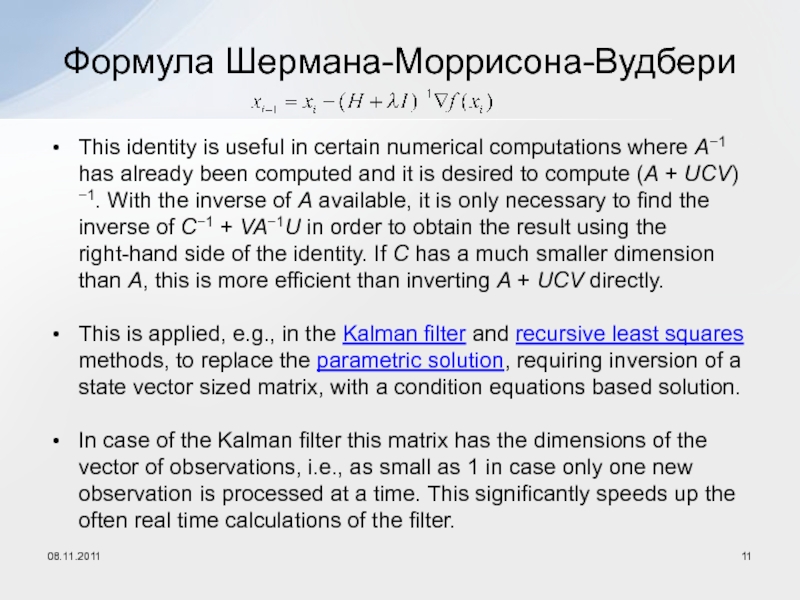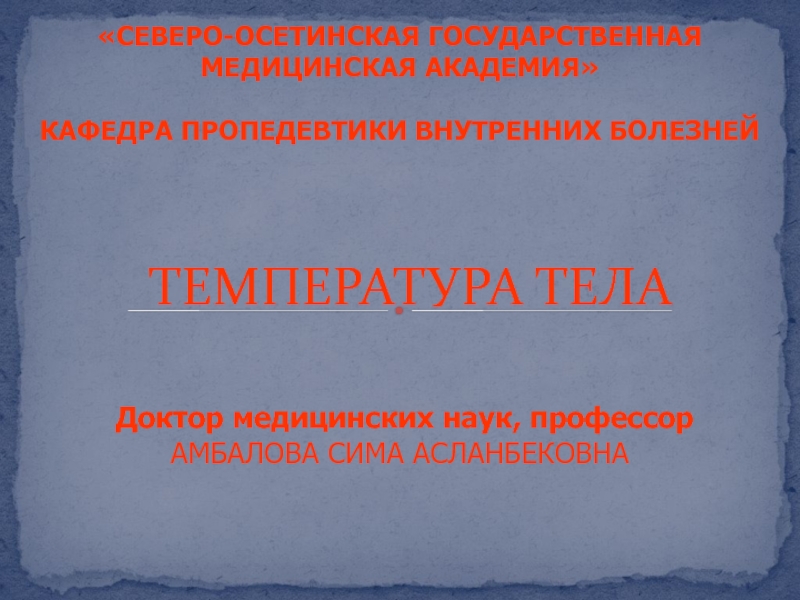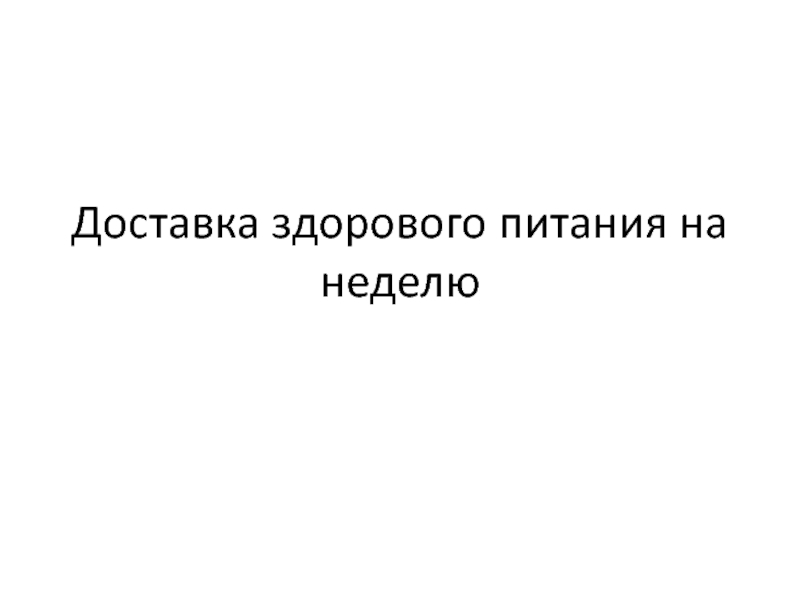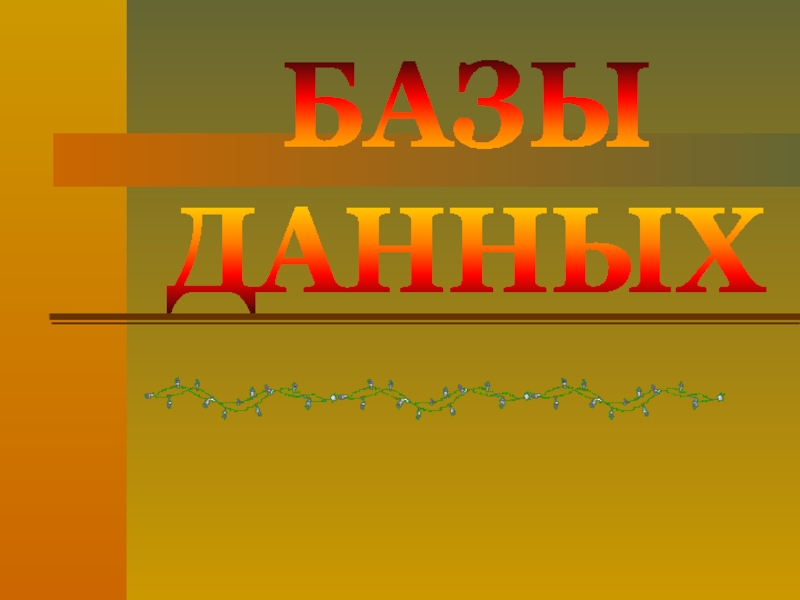has already been computed and it is desired to compute
(A + UCV)−1. With the inverse of A available, it is only necessary to find the inverse of C−1 + VA−1U in order to obtain the result using the right-hand side of the identity. If C has a much smaller dimension than A, this is more efficient than inverting A + UCV directly.
This is applied, e.g., in the Kalman filter and recursive least squares methods, to replace the parametric solution, requiring inversion of a state vector sized matrix, with a condition equations based solution.
In case of the Kalman filter this matrix has the dimensions of the vector of observations, i.e., as small as 1 in case only one new observation is processed at a time. This significantly speeds up the often real time calculations of the filter.
Формула Шермана-Моррисона-Вудбери
08.11.2011






































